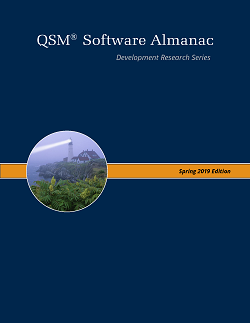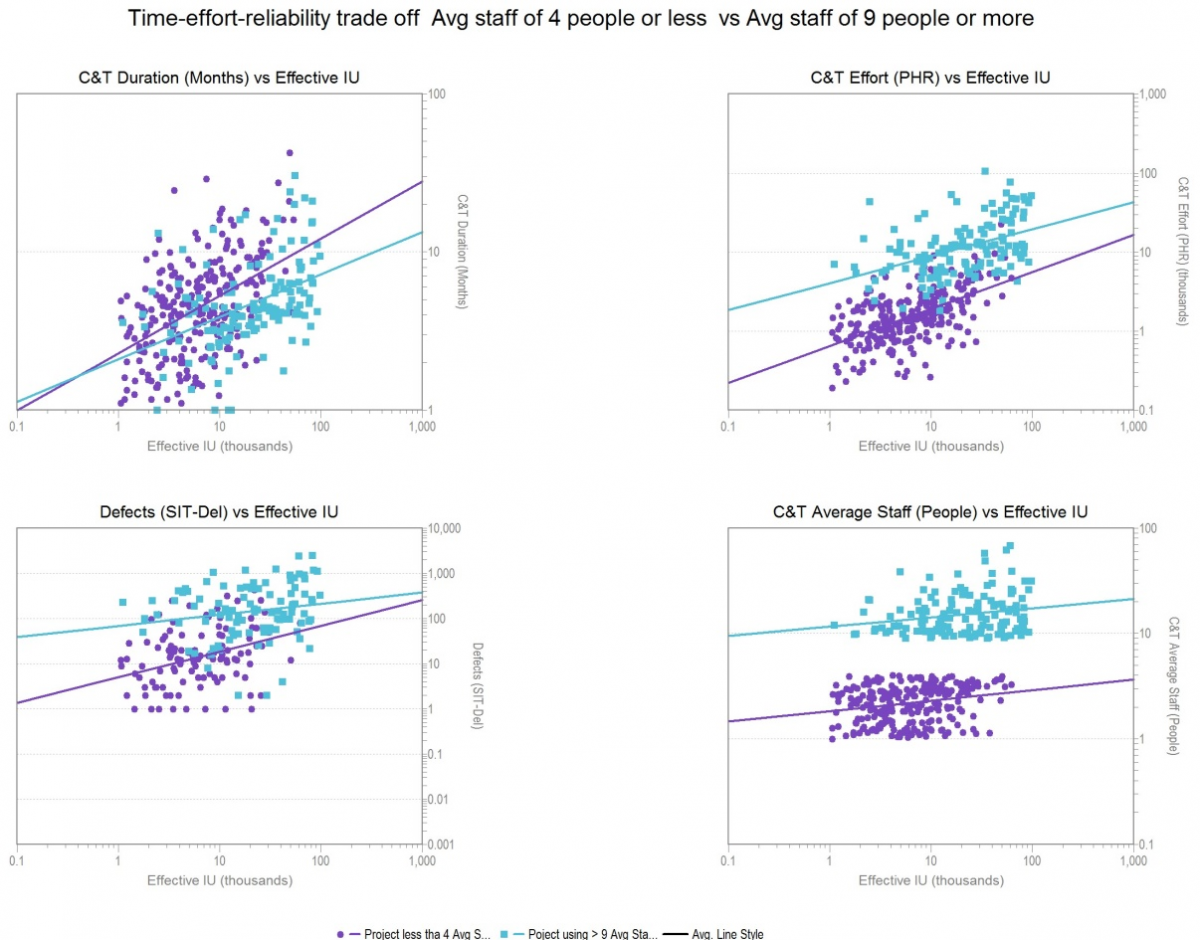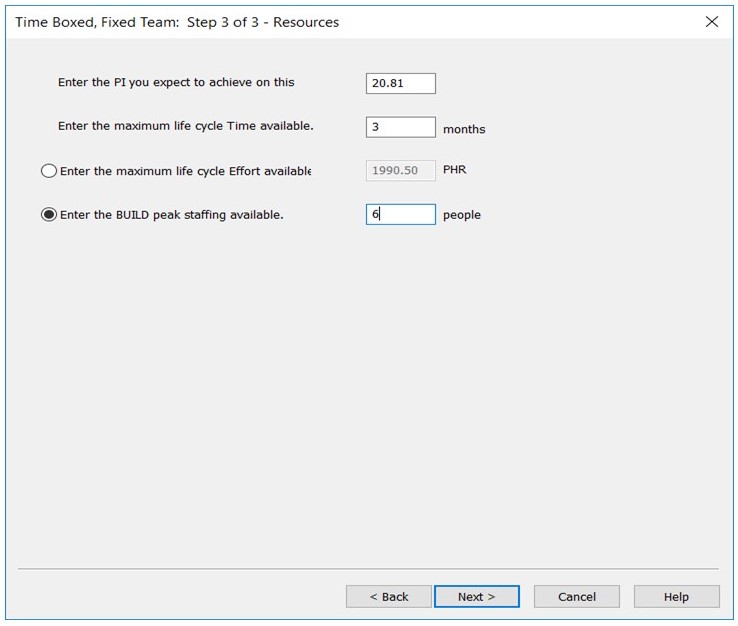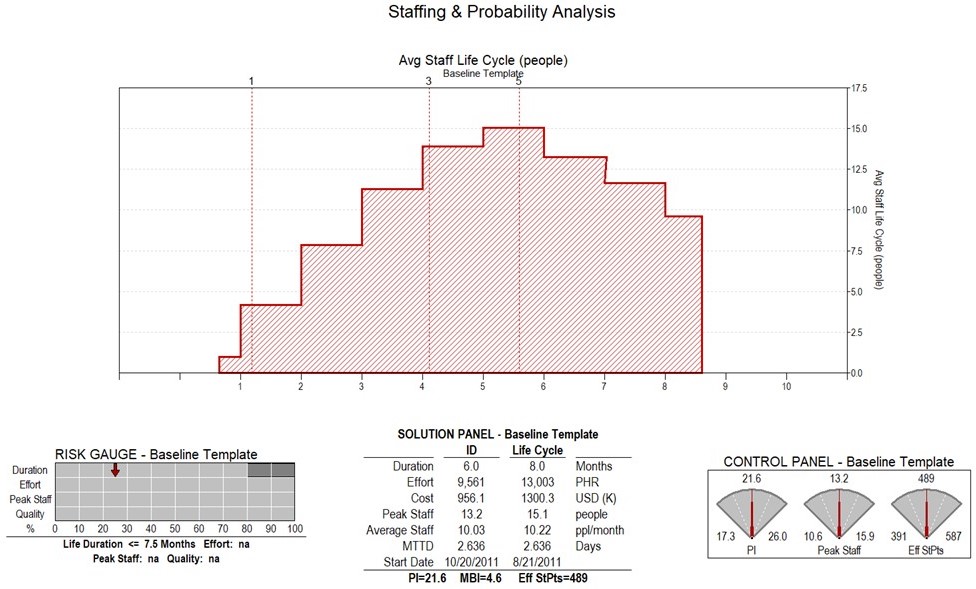New Resource: QSM Software Almanac: 2019 Edition

We are pleased to announce the release of the QSM Software Almanac: 2019 Edition, an essential resource for anyone involved in the planning, management, or budgeting of software and systems projects and portfolios. This year's almanac focuses on agile development and the continued relevance and application of estimation and metrics.
The 2019 Almanac presents 18 articles from several perspectives, including both private and public. These articles show that there is indeed a compelling need to apply the basic principles of software estimation to projects, regardless of the methodology used, and that traditional metrics – even sizing metrics – can and should be applied to agile projects. Over the course of this book, the authors examine agile sizing approaches, effort and productivity, estimation best practices, as well as project and portfolio management best practices. All the articles offer research and insights into the foundational skills associated with parametric estimation and adapting those existing skills to account for changing conditions.
Much of the content in the 2019 QSM Software Almanac is derived from the QSM Metrics Database, drawing data from over 13,000 completed software projects from North and South America, Australia, Europe, Africa, and Asia, representing over 1.2 billion lines of code, 600+ development languages, and 120 million person hours of effort.
We invite you to download the full, complimentary version of the 2019 QSM Almanac below.






